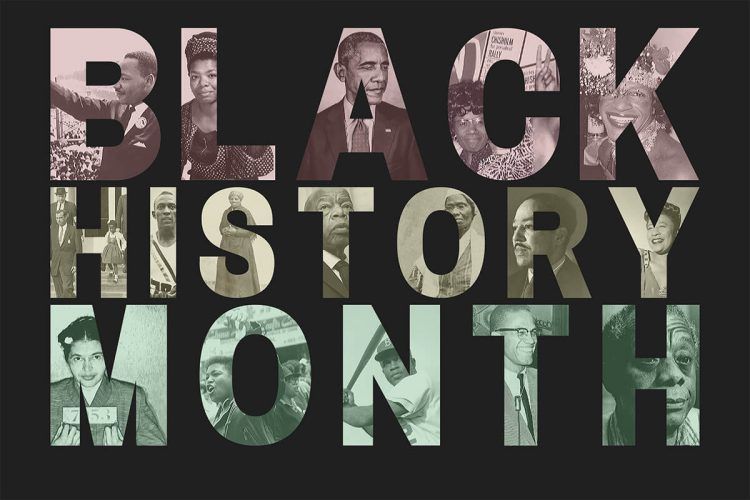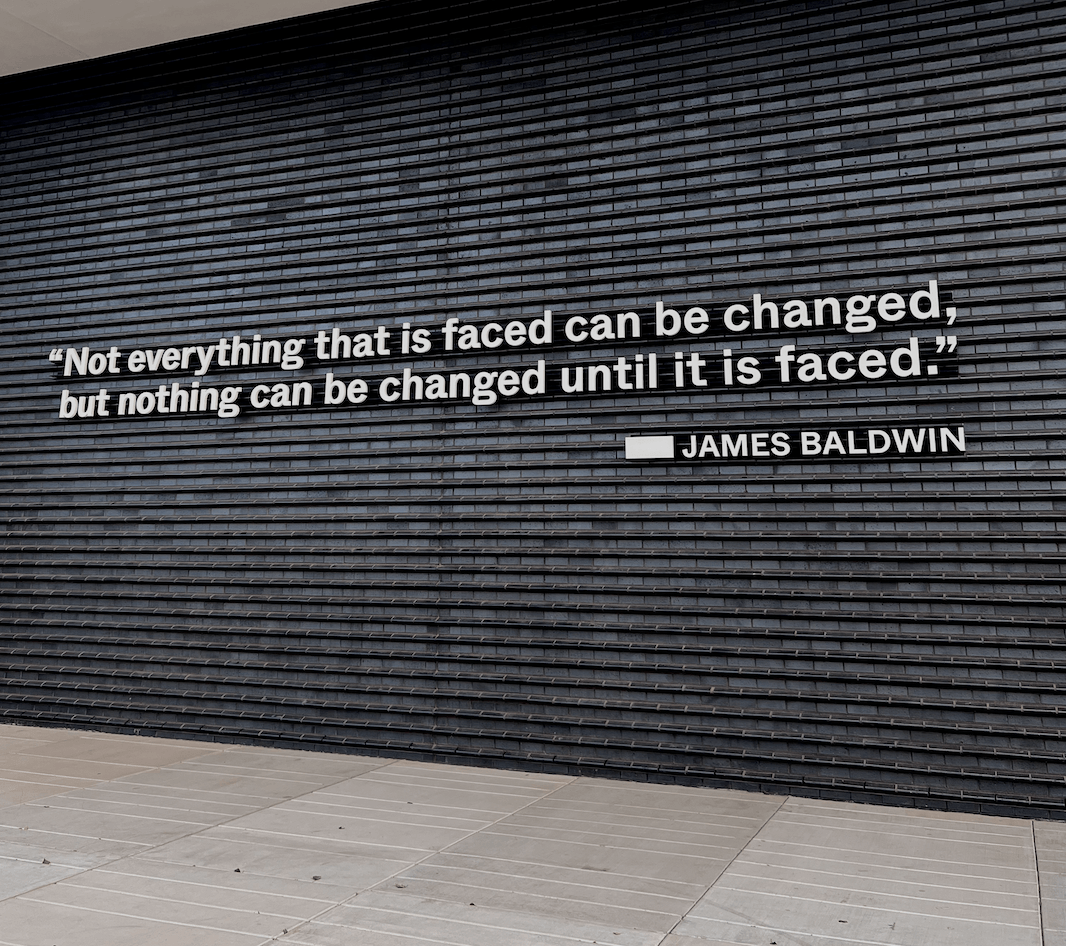The History of Black Wall Street
This past week, Diverse Talent traveled to Tulsa, OK to visit Black Wall Street and learn more about the history of the area. What we found was the undeniable history of one of the most tragic, devastating acts of terrorism in our country, at the hands of white mobs and rioters.
At the turn of the century, the Greenwood district, founded and developed by African Americans, grew into a Black Economic and Cultural hub. This area, commonly referred to as Black Wall Street, held over 190 black owned businesses ranging from beauty shops, bakeries, pharmacies, churches, and more. The district grew from the desire to circulate money throughout the black community, something that was very difficult during the time of segregation.
The incident began after a white female elevator operator accused a local African American shoeshine of sexual assault. When the shoeshine was arrested, both white and black protestors gathered outside the courthouse on the offense and defense. After the protests escalated, the vastly outnumbered African Americans quickly fled to the Greenwood district, with the white mob following closely. As night grew, white mobs and protestors went house to house, business to business, looting and torching buildings to the ground.
These acts of violence and demise were characterized as the “Race Riots” because after the smoke settled, the “threat” was identified as majority of black men and women, rather than the white mobs and protestors that were setting the district up in flames. To this day, no one has been held accountable for the loss of life and community.
While this tragedy occurred over 100 years ago, the effects people of color face at the hands of others have not ceased. The lack of justice and accountability held for assassinations, terroristic mannerisms, and blatant racial profiling are evident now just as they were in 1921. The saying goes, we learn about the past so history doesn’t repeat itself. This saying is not references for specific history based on what fits the narrative. It is our duty and responsibility to continue shedding light on calamities such as this one that have affected communities of color, so we can work toward a brighter future.











